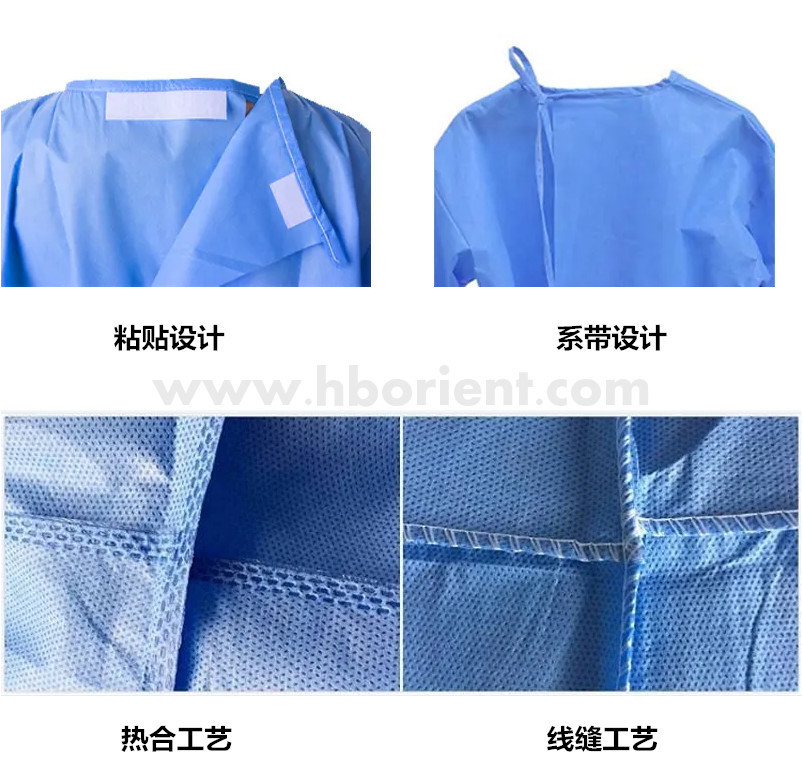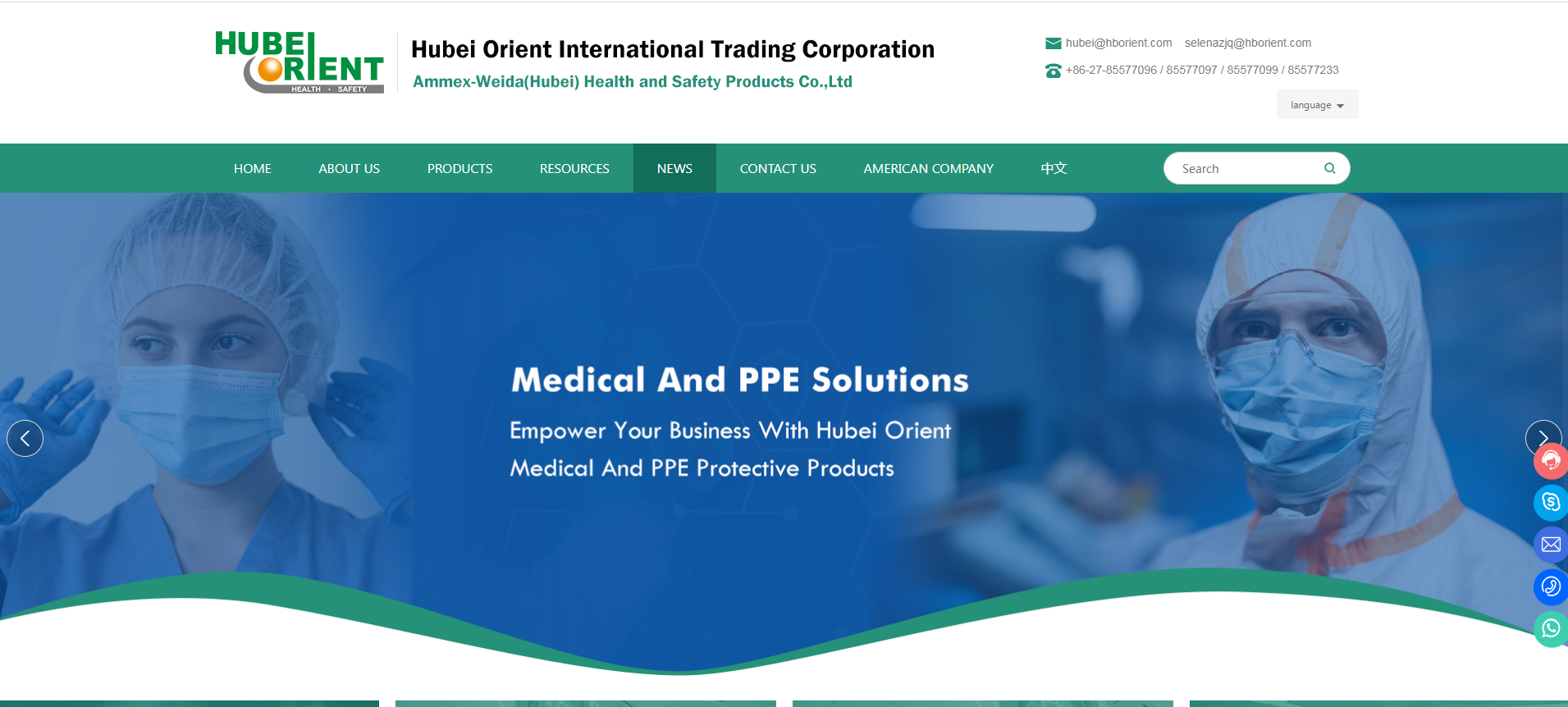The Cost of Non-Compliance with 510K Surgical Gown Standards: Understanding Implications for Healthcare Facilities
2025-07-10
The Cost of Non-Compliance with 510K Surgical Gown Standards
Introduction
In the realm of healthcare, the significance of surgical gowns cannot be overstated. They serve as a critical barrier between healthcare professionals and potential pathogens. The **510(k) standards** set by the FDA establish essential guidelines for these gowns, ensuring they provide adequate protection during surgical procedures. However, non-compliance can lead to severe consequences that extend beyond mere regulatory fines. This article investigates the multifaceted costs associated with failing to adhere to these standards.
Understanding 510(k) Surgical Gown Standards
To appreciate the implications of non-compliance, we must first comprehend what the **510(k) surgical gown standards** entail.
What is the 510(k) Process?
The **510(k) process** is part of the FDA's premarket notification system, allowing manufacturers to demonstrate that their devices are substantially equivalent to existing ones. Surgical gowns fall under this category, as they are deemed Class II medical devices.
Key Requirements for Surgical Gowns
Surgical gowns must meet specific criteria concerning:
- **Material**: Gowns should be made from fabrics that prevent fluid penetration.
- **Performance**: They must undergo rigorous testing, including barrier and microbial penetration tests.
- **Labeling**: Proper labeling is mandatory, including indications for use and care instructions.
The Financial Implications of Non-Compliance
Non-compliance with 510(k) standards can lead to substantial financial repercussions.
Fines and Penalties
Healthcare facilities found in violation of FDA standards may face significant fines. These can range from thousands to millions of dollars, depending on the severity of the violation and the potential risks posed to patients.
Liability Costs
In the event of a breach, facilities may be held liable for any resulting patient harm. This can lead to costly litigation, settlements, and increased insurance premiums.
Operational Disruptions
The fallout from non-compliance can disrupt operations. Facilities may need to halt surgeries, retrain staff, and re-evaluate their supply chains, all of which incur additional costs.
Impact on Patient Safety and Trust
Beyond financial implications, non-compliance can severely affect patient safety and trust.
Risk of Infections
Substandard gowns increase the risk of surgical site infections (SSIs). Such infections can lead to prolonged hospital stays and additional medical treatment, further straining healthcare resources.
Loss of Patient Trust
When patients learn of compliance issues, their trust in the healthcare facility may diminish. This loss of confidence can result in decreased patient volumes and a tarnished reputation.
Strategies for Ensuring Compliance
Adhering to 510(k) standards is not just a regulatory requirement; it is a commitment to patient safety.
Regular Training and Education
Implementing ongoing training programs for staff about compliance and safety protocols can foster a culture of accountability and awareness.
Conducting Audits and Inspections
Regular audits of surgical gown suppliers and internal practices can help identify potential compliance risks before they escalate.
Investing in Quality Assurance Programs
Developing a robust quality assurance program ensures that all surgical gowns meet or exceed 510(k) standards.
Case Studies: Real-World Examples of Non-Compliance Consequences
Examining case studies can provide insight into the tangible costs associated with non-compliance.
Case Study 1: A Surgical Center's Downfall
In 2019, a surgical center faced severe penalties after it was discovered that its gowns did not meet FDA standards. The center incurred over $1 million in fines and lost patient trust, leading to a significant decline in surgical volume.
Case Study 2: The Cost of Litigation
A hospital that utilized non-compliant gowns faced multiple lawsuits from patients who developed SSIs. The legal costs exceeded $2 million, significantly impacting the hospital’s financial stability.
Future Trends in Surgical Gown Compliance
Staying ahead of compliance requirements is crucial for healthcare facilities.
Advancements in Gown Technology
Innovations in fabric technology may lead to more effective gowns that exceed current standards, thereby enhancing patient safety.
Increased Regulatory Scrutiny
As healthcare evolves, regulatory bodies are likely to increase scrutiny of compliance practices, making it imperative for facilities to stay informed and proactive.
Frequently Asked Questions (FAQs)
What are the FDA 510(k) requirements for surgical gowns?
The FDA requires that surgical gowns be substantially equivalent to existing gowns, meeting specific performance criteria regarding fluid resistance and microbial penetration.
What happens if a healthcare facility is found not complying with the 510(k) standards?
Facilities may face fines, legal liabilities, and operational disruptions, as well as damage to their reputation and loss of patient trust.
How can healthcare facilities ensure they are compliant with the 510(k) standards?
Regular training, audits, quality assurance programs, and investing in compliant suppliers are essential strategies for maintaining compliance.
What are the most significant risks of using non-compliant surgical gowns?
The primary risks include increased potential for surgical site infections, financial penalties, and harm to patient trust and facility reputation.
Are there any resources available for understanding surgical gown compliance?
The FDA website and specific industry publications provide comprehensive resources and guidelines for understanding compliance requirements for surgical gowns.
Conclusion
The cost of non-compliance with 510(k) surgical gown standards extends far beyond immediate financial penalties. It encompasses significant risks to patient safety, operational integrity, and trust in healthcare systems. Healthcare facilities must prioritize compliance by investing in quality assurance, training, and adherence to evolving regulations. By doing so, they can protect their operations, enhance patient safety, and maintain their reputation in an increasingly scrutinized industry.
Latest News


Quick Navigation
Ammex-Weida(Hubei) Health and Safety Products Co.,Ltd (Chinese Version)
Contact Us
5F,BLDG No.8,SOHO Town,CBD,Huaihai Road,Jianghan District,Wuhan,Hubei,China
Copyright © Hubei Orient International Trading Corporation






